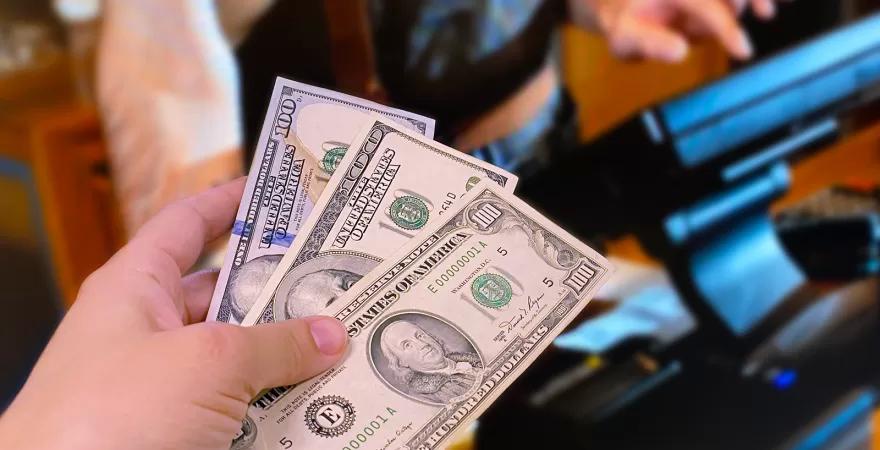
One of the most significant issues that are happening in almost every country from around the world is counterfeiting currency. Here it is highlighting how some people attempt to buy counterfeit money, explaining the legal and ethical ramifications.
Interactive Workshops
One method to instruct pupils about the forgeries is by an interactive workshop. Some of those solutions are identifying real and fake bills through hands-on workshop where students will be able to inspect the physical differences. This may help impart the clues that distinguish a real bill from one made on high quality paper, but nothing can replace actually handling money and comparing how it feels to something students know is fake.
Educational Videos
Almost every day there are new methods to encounter in educating the youth about counterfeit currency and educational videos which target visual learners as well. The films can reveal the intricate detail in security features of real notes like watermarks, security threads and color-shifting ink very clearly which makes a comprehensive but compelling training. They also show the detection of counterfeit money on a real-life environment which lets students practically utilize their knowledge and apply what they have learned.
:max_bytes(150000):strip_icc()/GettyImages-547087929-59abe2d7396e5a001065880e.jpg)
Simulations and Role-Playing
This problem can be rectified by having students play as bank tellers, cashiers or customers in order to mimic the activity of detecting counterfeit currency for educational purposes. This sort of practical learning teaches you not just solutions but also forces, logical thought processes and how to tackle a problem.
Digital Learning Tools
Today, technology has taken over and digital learning tools are now an essential part of a student’s education. There are multiple apps or online platforms where students can learn about fake money by playing the quizzes on them. These are immediate feedback mechanisms where such tools can help students learn from their errors and also the capability to track progress over time.
Printed Materials and Guides
In addition, they can provide detailed descriptions of the security features on genuine currency and have images to help students identify a counterfeit bill. You can also make learning stick by including worksheets and activities inside of the guides that allow students to apply what they learn in a formal way.
The tailor-made set of interactive workshops, as well as educational videos and simulations, along with digital tools and printed materials to be used in collaboration with financial institutions, can provide an optimum way for teaching on counterfeit money detection. Interestingly, for those looking to delve deeper, there are also resources available that discuss the darker side of this topic, such as how some individuals attempt to buy counterfeit money.




